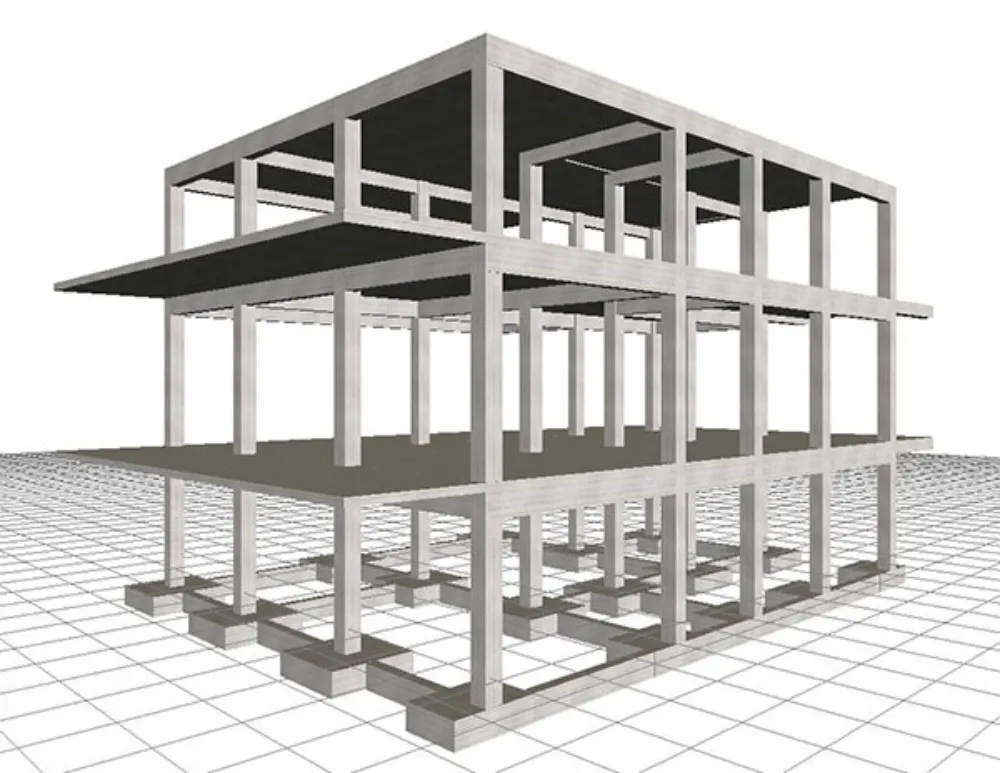Building and Static Studies
No building, no matter how well constructed with the highest quality materials, can remain safe forever. After some time it is therefore necessary to check it with a static adequacy study.
This specific procedure is mainly carried out to determine possible damage and dangerous stresses of the building. Given the seismic activity in our country, the structural elements of buildings are strained beyond the natural wear and tear of time.
The purpose of a static adequacy study is to diagnose the suitability of the building as well as whether the load-bearing organism in the existing state of the building is able to "withstand" the addition of new floors or its change of use.
The static adequacy study, except where it is mandatory by law, would be beneficial to carry out on old buildings purely for safety reasons.

Why carry out a static study:
- To identify defects and security risks.
- To plan your renovation.
- To determine any damage caused by earthquakes or to prevent them.
- To schedule your maintenance and repairs.
- To take care of problems in your existing home before they get worse.
- To secure expert reports for disputes.
Applicable regulations:
During the preparation of the static studies of the building projects, the currently applicable Regulations and Decisions for the study and execution of building projects will be taken into account, such as:
- The Greek Regulation for the study and execution of reinforced concrete projects.
- The Anti-Seismic Regulation of building projects.
- The Greek Regulation on Loading of construction works.
- The Decisions referring to special constructions, approvals of prestressing systems, materials, etc.
- The Greek Concrete Technology Regulation.
On issues that are not regulated by the above Regulations and Decisions, or are insufficiently covered, the German Regulations or Regulations of other countries apply as the case may be, as long as their application is sufficiently justified.
